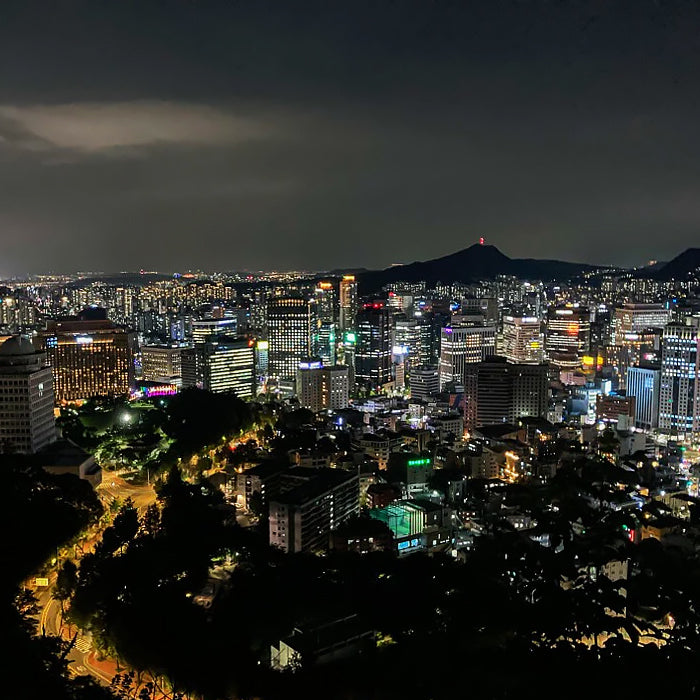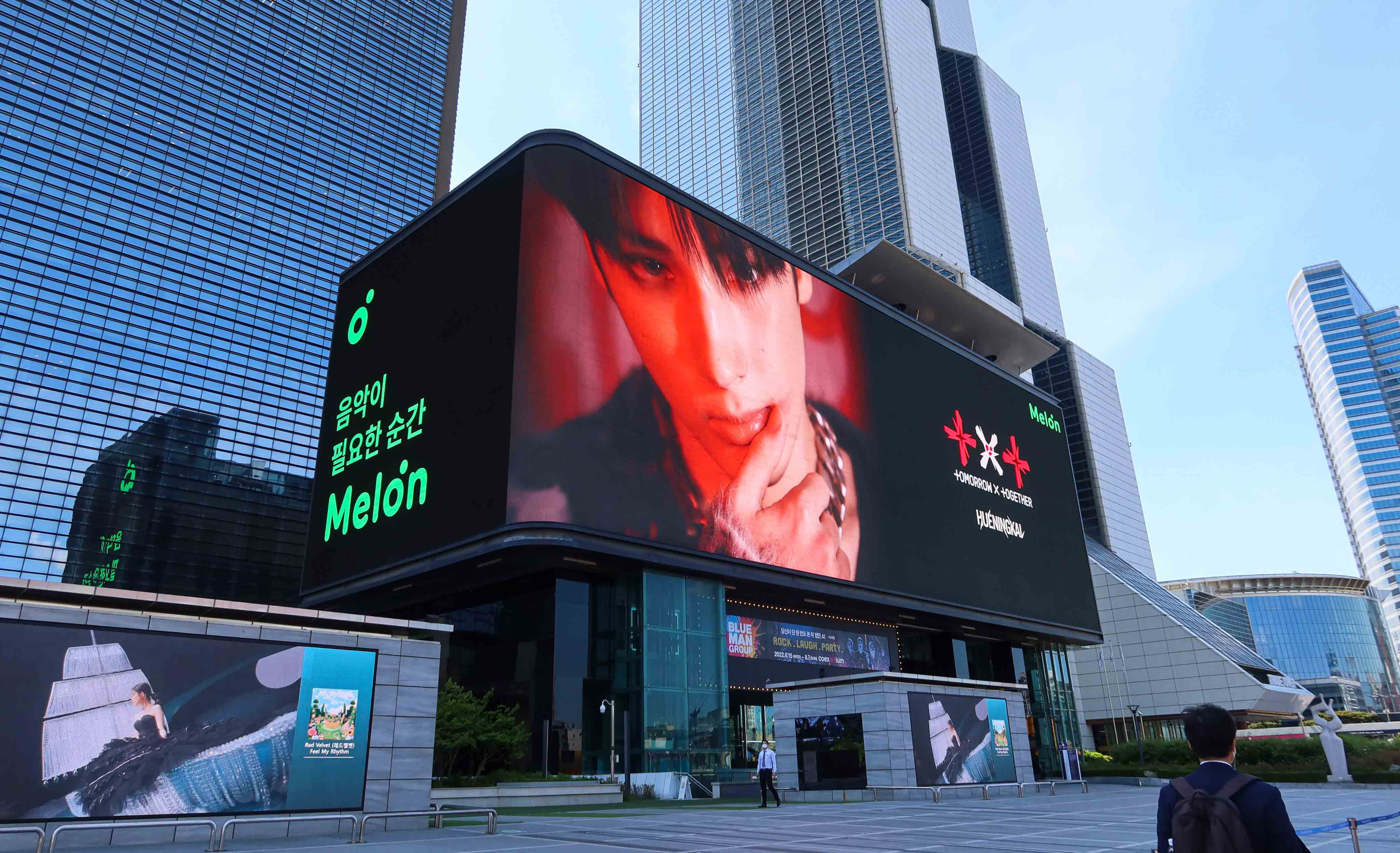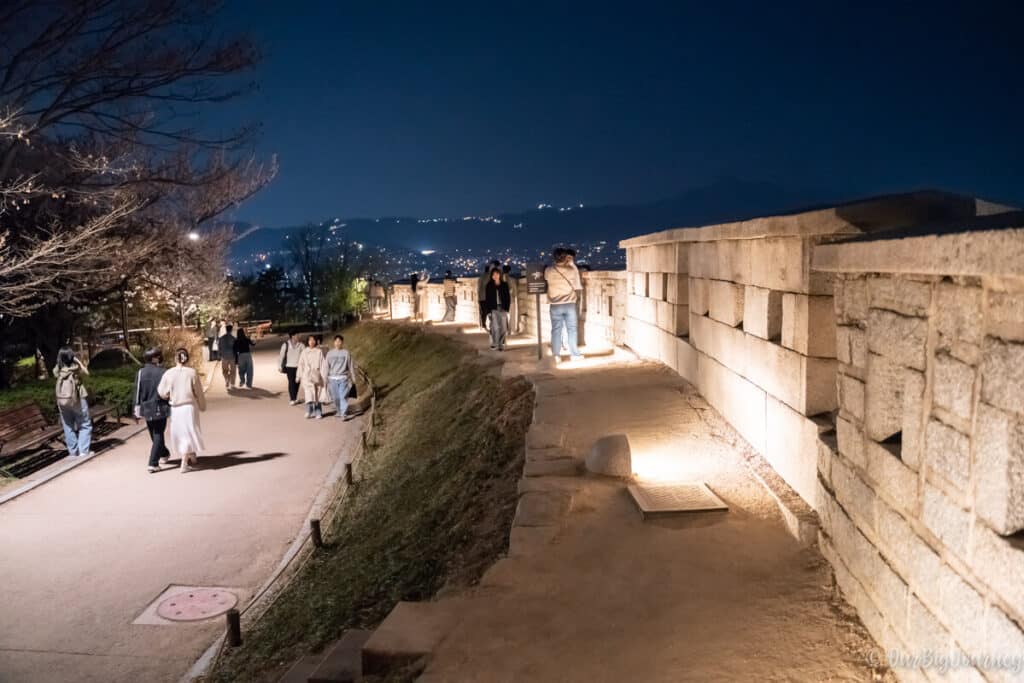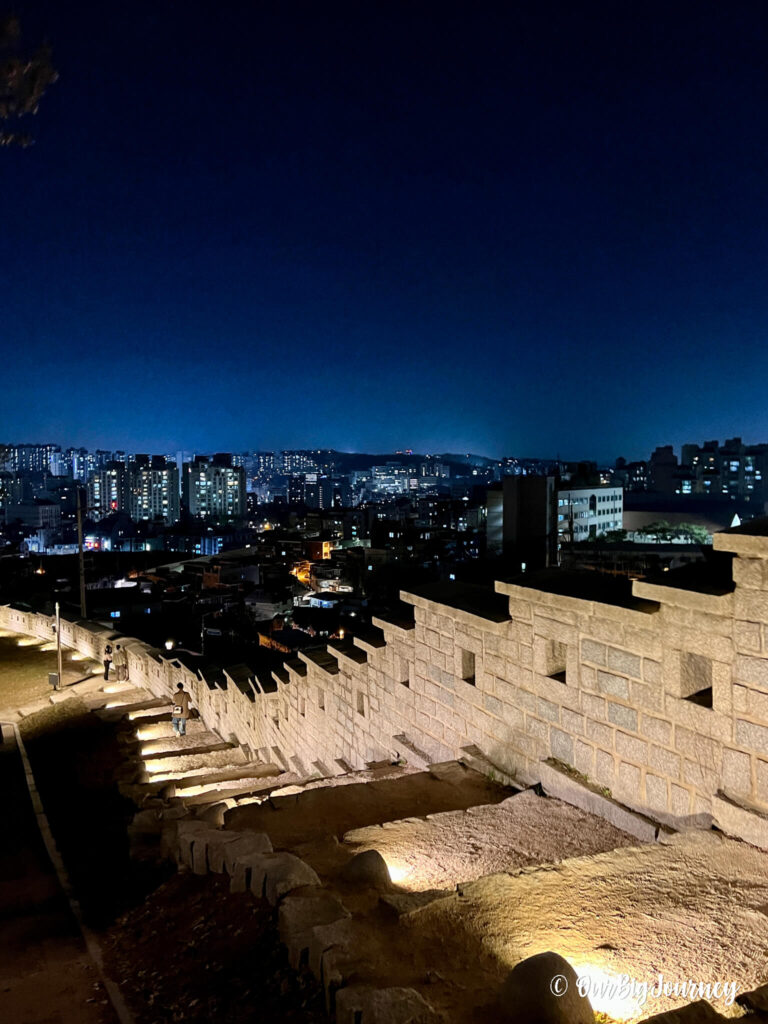Stefon Diggs’ Viral Rumor With “Kiki” And Cardi B Sparks Frenzy Among NFL And Hip-Hop Fans
The internet has once again been set ablaze — this time at the intersection of NFL stardom and celebrity gossip. According to a recent viral claim made by DJ Akademiks, New England Patriots wide receiver Stefon Diggs has reportedly gotten K’yanna Barber — better known as “Kiki” from Drake’s hit song “In My Feelings” — pregnant.
The explosive rumor, paired with Akademiks’ cheeky “Pray for Cardi B” caption, has had both football and hip-hop fans buzzing nonstop since it hit social media earlier this week.
🏈 Stefon Diggs: From Comeback Season To Controversy
On the field, Stefon Diggs is enjoying a major career rebound. After suffering a torn ACL during his short stint with the Houston Texans, the former Buffalo Bills star has been thriving with the New England Patriots this season.
Now 30, Diggs has quickly become the team’s top offensive weapon, leading the Patriots’ young receiver corps with 42 receptions for 470 yards and one touchdown. His standout performance came in Week 7, when he returned to Buffalo and racked up 10 receptions for 146 yards, helping New England pull off a dramatic 23–20 upset win.
Under new head coach Mike Vrabel, the Patriots are off to an unexpected 6–2 start, and Diggs’ veteran leadership is being credited as a huge part of that success.
However, just as he’s hitting his stride on the gridiron, his off-field life has taken center stage — and not for the best reasons.
🎤 DJ Akademiks’ Bold Claim
On Thursday night, controversial hip-hop commentator DJ Akademiks — real name Livingston Allen — posted a photo of K’yanna Barber, better known to the world as “Kiki,” the woman referenced in Drake’s 2018 megahit “In My Feelings.”
His caption read:
“Stefon Diggs got ‘Kiki do you love me, are you riding?’ pregnant lmaooo birds of a feather... Pray for Cardi B.”
The post went viral almost instantly, racking up over 1.6 million views on X (formerly Twitter) by Friday evening.
Akademiks, who’s notorious for stirring controversy, did not provide direct evidence, but his claims were enough to send fans into a frenzy.
💥 Fans React Online
As expected, the rumor has taken social media by storm, with NFL and hip-hop fans weighing in from all corners of X.
Some reacted with humor:
“This man Diggs is on a historic run. Each one badder than the last. I respect it.”
Others were a bit more critical:
“Bro couldn’t pull out of a driveway.”
And of course, Cardi B — who is reportedly expecting a child with Diggs herself — wasn’t spared from speculation. One user joked,
“Cardi B will be pregnant again in 16 months.”
But not everyone found the situation funny.
“He’s creating broken homes,” one user said bluntly.
“Why are all of them pregnant at the same time? This is embarrassing,” another added.
The responses highlight a mix of humor, disbelief, and moral concern — reflecting how celebrity gossip can often blur the line between entertainment and ethics.
💑 The Cardi B Connection
Just weeks ago, Cardi B made headlines during an interview with Gayle King on CBS Mornings, revealing that she and Diggs were expecting a child together.
The pop culture world was stunned, considering Cardi’s high-profile relationship history with rapper Offset.
Now, with the emergence of Akademiks’ latest claim, fans are once again questioning the timeline — and wondering what’s next for both Cardi and Diggs.
It’s also worth noting that this isn’t the first time Diggs’ personal life has drawn public attention. Over the years, he’s been linked to several high-profile women, and social media has often been quick to magnify any hint of drama.
⚡ Stefon Diggs’ Dual Identity: On The Field vs. Off The Field
While the Patriots receiver has built a reputation as one of the NFL’s most talented and hardworking players, his name frequently trends for non-football reasons.
Despite this, Diggs remains laser-focused on football — at least publicly. Teammates and coaches have praised his leadership and energy this season, saying he’s brought a new level of intensity to New England’s offense.
Still, even his fans admit that his off-field stories often overshadow his athletic achievements. Whether it’s dating rumors, viral videos, or speculative headlines, Stefon Diggs has become one of the NFL’s most polarizing figures — both admired and criticized in equal measure.
🚨 What Happens Next
Neither Stefon Diggs, Cardi B, nor K’yanna Barber have issued a public statement regarding the rumors.
As of now, the claims remain unverified — and without concrete evidence, it’s difficult to separate fact from internet exaggeration.
Meanwhile, the Patriots continue their impressive season and are preparing to host the Atlanta Falcons this Sunday. All eyes will be on Diggs, both for his performance on the field and his composure off of it.
🏁 Final Thoughts
In today’s media landscape, the line between sports and celebrity gossip has never been thinner.
Stefon Diggs’ alleged connection to “Kiki” and Cardi B may be dominating headlines, but at its core, this story underscores how viral rumors can quickly consume athletes’ reputations, often overshadowing their actual accomplishments.
Whether the claims are true or not, one thing is certain — Diggs’ name will continue to dominate conversations across both the NFL world and hip-hop culture in the coming weeks.
Until official confirmations arrive, fans might want to take these rumors with a grain of salt — and keep their eyes on what Diggs does best: making plays on the football field.
watch on x
https://twitter.com/i/status/1977770099282207187
#StefonDiggs #DJAkademiks #KikiDoYouLoveMe #KyannaBarber #CardiB #StrangerThingsRumor #NFLGossip #PatriotsFootball #StefonDiggsRumor #CelebrityNews #HipHopNews #NFLDrama #SportsGossip #EntertainmentNews #StefonDiggsCardiB #NewEnglandPatriots #DrakeKiki #ViralRumor #PopCultureBuzz #CelebrityPregnancy #NFLHeadlines #CardiBNews #SportsAndCulture #FootballNews #StefonDiggsUpdate #DJAkademiksNews #NFL2025 #EntertainmentBuzz #StefonDiggsDrama #CelebrityUpdate








































